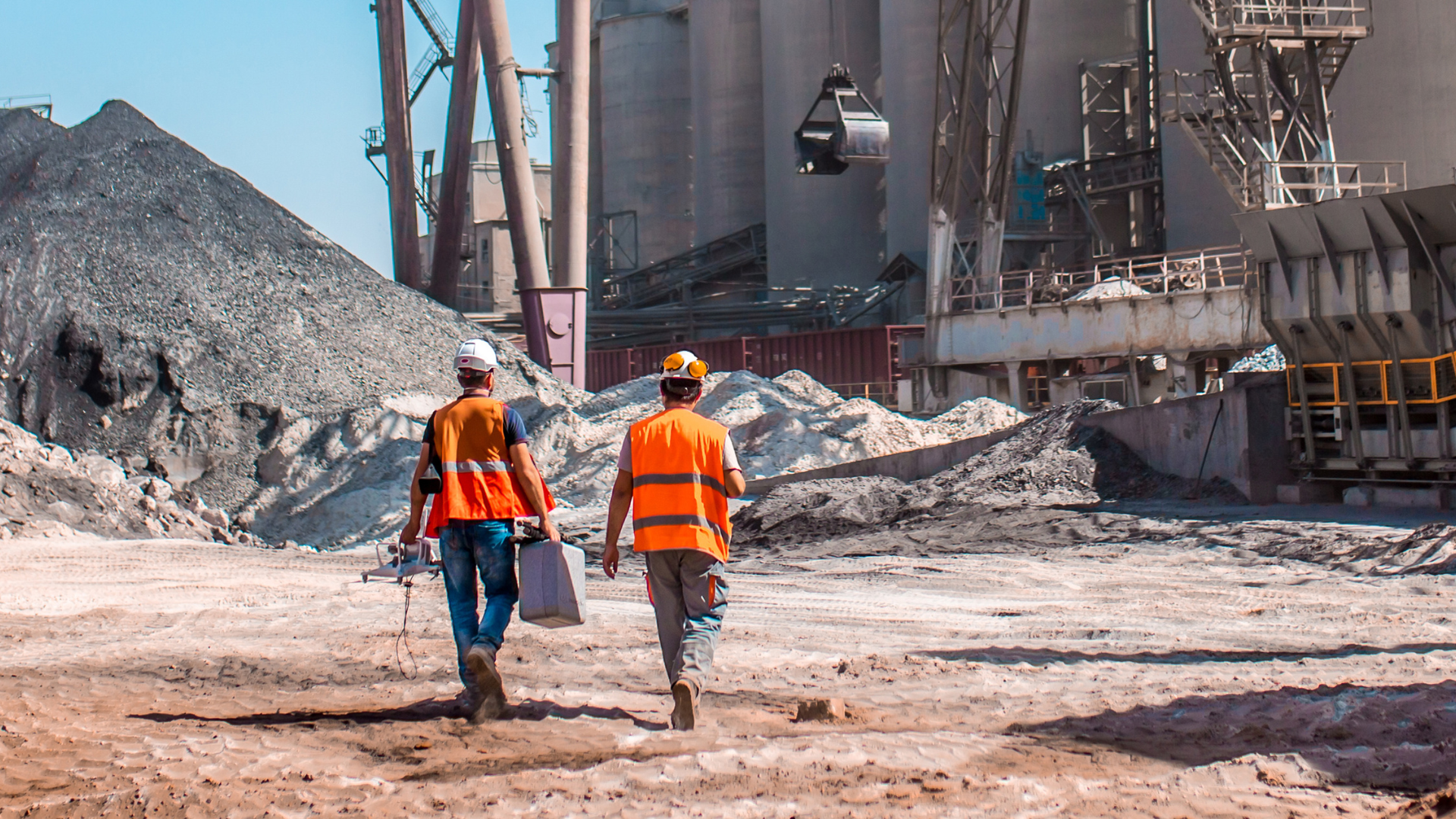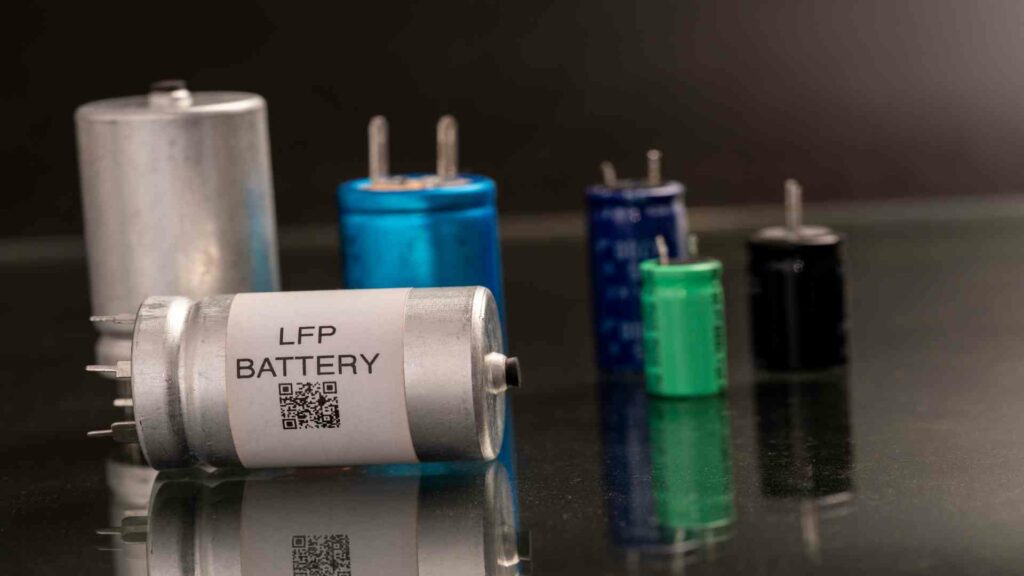Critical Raw Materials for the EU Economy
Critical raw materials (CRMs) are a group of key materials essential for the EU’s economy and society to function. They are used in various strategic technologies and sectors, including renewable energy, electric vehicles, defense, healthcare, and consumer electronics. They are also seen as critical by the European Union in its low-carbon transition strategy and for applications to strengthen its economy.

Critical Raw Materials
Critical Raw Materials
The EU has identified several critical raw materials for developing and deploying key technologies and sectors. Critical raw materials are those for which there is a high risk of supply disruptions. This may be due to many reasons, including resource scarcity, geopolitical factors, trade restrictions, or environmental regulations.
The list of critical raw materials includes a range of metals and minerals such as cobalt, lithium, magnesium, borates, rare earth elements, and non-metals such as graphite and phosphates.
The EU relies heavily on imports for many raw materials, leaving it vulnerable to supply chain disruptions. The global energy transition will drive demand for metallic raw materials for wind turbines, solar panels, batteries, and hydrogen production and storage. The transition to e-mobility will need batteries, fuel cells, and lightweight traction motors for cars, e-bikes, scooters, and heavy-duty transport. defense and aerospace applications are always strategic, and the demand for high-tech metals is only growing.
While every raw material plays an important role in our daily life, borates, being on the sixth number of critical raw materials, is the essential element.
Borates are inorganic compounds that contain the element boron, and their production is essential to many industries. The world’s largest producer of borates is Turkey, followed by the United States. Other major producers include Russia, China, and Peru.
Borates have many unique properties and are essential to many industrial processes. For example, they are highly resistant to fire and chemical attacks, making them an ideal material for use in construction. Additionally, borates are highly effective as an insecticide and fungicide, making them an essential component of agricultural production.
There are nine key technologies involved in the three strategic sectors of renewable energy, e-mobility, defense, and aerospace Li-ion batteries, fuel cells (FC), wind turbines, electric traction motors, photovoltaics (PV), robotics, drones (UAV), 3D printing (3DP, additive manufacturing) and digital technologies.
Renewable Energy
As the world moves towards a low-carbon future, large-scale utilization of renewable technologies like wind and solar PV will be essential to the EU and the global economy. By 2050, it is estimated that more than 80% of electricity generated in the EU will arise from renewable sources. This shift will necessitate significant investments in infrastructure and training, but it represents a huge opportunity for long-term economic growth. With electricity accounting for half of the final energy consumption in the EU, the successful transition to a low-carbon society will depend on our ability to harness the power of renewables.
Many technologies are often utilized to transform renewable resources into electricity, including wind turbines and solar panels. This electricity can be stored using rechargeable batteries or transmitted via smart grids using digital technologies. The manufacturing processes can be improved through robotics and 3D printing (3DP).
Role of Borates in Renewable Energy
Borates are an important part of renewable energy. They are used in solar panels, batteries, and fuel cells. Borates help improve these devices’ efficiency and make them more durable. Borates are also used in wind turbines to improve blade efficiency and make them last longer. In addition, borates can help reduce the noise made by the turbines.
E-mobility
E-mobility is set to play an increasingly important role in the future of road transport in the EU. According to JRC (2019b), deploying multiple new technologies will be required to make this a reality.
These unique technologies and business models reshaping how we move and live will present challenges and opportunities for e-mobility. On the one hand, developing a robust and comprehensive framework for e-mobility is essential to maximize its potential benefits. On the other hand, we must ensure that e-mobility is affordable and accessible to all citizens.
The transition to cleaner, automated, connected, and low-carbon mobility will necessitate the advancement of batteries, fuel cells, traction motors, and ICT. This will require significant changes in manufacturing processes. Robotics and 3D printing advancements can disrupt traditional manufacturing methods. Furthermore, digital technologies play an important role in improving the efficiency of manufacturing systems.
Role of Borates in E-mobility
The use of borates in electric vehicles is not new but has been increasing in recent years as technology has become more prevalent. Borates are used in various ways in electric vehicles, from battery cooling to anti-corrosion coatings.
Borates are also used to produce lithium-ion batteries to improve the battery’s performance and lifespan. Lithium-ion batteries are the most popular battery used in electric vehicles.
Defense and Aerospace
As the European Union’s defense industry continues to grow and evolve, new technologies are emerging that could significantly impact the future of defense applications. The seven essential technologies and their potential implications for Europe’s defense sector include advanced batteries, fuel cells, photovoltaics, robotics, 3D printing, unmanned vehicles, and ICT.
Role of Borates in Defense and Aerospace
The use of borates in defense and aerospace applications is well-established, and their performance in these demanding environments is widely recognized.
One of the most important properties of borates is their flame-retardant nature. This makes them ideal for use in aircraft, as they can help prevent fires from spreading. In addition, borates are also highly heat resistant, making them suitable for use in missile guidance systems and other high-temperature applications.
Borates also have excellent electrical insulating properties, making them ideal for electrical components and wiring use.
Conclusion
The EU is committed to ensuring a secure and sustainable supply of critical raw materials. To this end, the EU is investing in research and development, supporting recycling initiatives, and developing policies to attract investment in the mining and processing of critical raw materials.
The EU’s research and development efforts are focused on finding substitutes for CRMs that are currently imported, as well as on improving the efficiency of extraction and processing methods. The aim is to increase Europe’s self-sufficiency in critical raw materials and reduce its reliance on imports.
In addition, recycling can help to close the loop on the lifecycle of critical raw materials and ensure that they can be used again and again. This reduces the need to mine and process new critical raw materials and helps to conserve existing reserves.
Finally, the EU is continuing to research and develop policies that provide stability and certainty for investors and create an environment that is conducive to investment.





